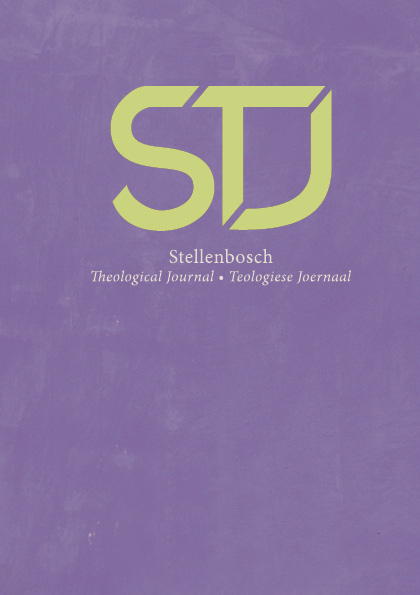Mary of Nazareth as leader?
A feminist exploration of Early Christian art
DOI:
https://doi.org/10.17570/stj.2022.v8n1.af3Keywords:
Early Christian Art, Mariology, Feminist Interpretation, Motherhood, WomanhoodAbstract
Traditionally women are valued for their ability to bear children and often regarded as mere vessels for reproduction. This patriarchal view of women is notably encountered in the portrayal of the Virgin Mary, who throughout history has been regarded as a “vessel” for God’s message and therefore portrayed as a perpetual virgin, shrouded in servanthood and suffering. The aim of this article is to distinguish Mary from this tradition and the way the early church perpetuated the patriarchal custom of equating womanhood with motherhood. Instead, an exploration of Mary as occupying a leadership role is offered. This exploration will take place by way of a consideration of early Christian art that depicts Mary as a figurehead of the early church - which indicates that this depiction predates Mary’s assigned role as pious mother and the “vessel” of God. Ultimately, this contribution critiques the manner in which womanhood and motherhood are equated with one another and highlights the embeddedness of patriarchal influences in Christianity’s traditions.
Published
How to Cite
Issue
Section
License
Copyright (c) 2022 Ninnaku Oberholzer

This work is licensed under a Creative Commons Attribution 4.0 International License.
https://creativecommons.org/licenses/by/4.0/
Authors who publish with this journal agree to the following terms:
Authors retain copyright and grant the journal right of first publication with the work simultaneously licensed under a Creative Commons Attribution License that allows others to share the work with an acknowledgement of the work's authorship and initial publication in this journal.
Authors are able to enter into separate, additional contractual arrangements for the non-exclusive distribution of the journal's published version of the work (e.g., post it to an institutional repository or publish it in a book), with an acknowledgement of its initial publication in this journal.
Authors are permitted and encouraged to post their work online (e.g., in institutional repositories or on their website) prior to and during the submission process, as it can lead to productive exchanges, as well as earlier and greater citation of published work.
Please note that erroneous copyright information is given in the PDFs before Volume 9, 2023.



